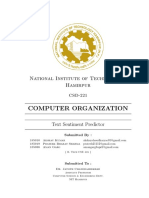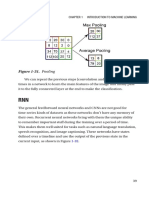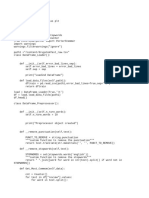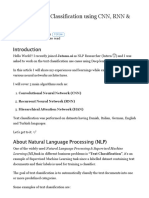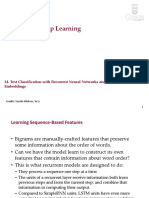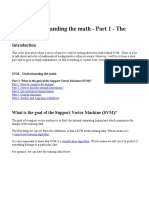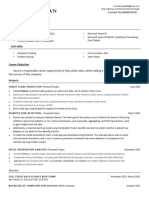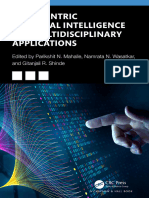0% found this document useful (0 votes)
14 views6 pagesNLP Lab Assignment - 05
The document outlines an NLP lab assignment by Raj Kumar Reddy, focusing on implementing a text classification application and a sentiment analyzer using LSTM. It includes code snippets for both applications, demonstrating the use of TensorFlow for training models on sample datasets and predicting sentiment. The outputs show the accuracy and loss metrics over multiple training epochs.
Uploaded by
mrsivasurya838Copyright
© © All Rights Reserved
We take content rights seriously. If you suspect this is your content, claim it here.
Available Formats
Download as PDF, TXT or read online on Scribd
0% found this document useful (0 votes)
14 views6 pagesNLP Lab Assignment - 05
The document outlines an NLP lab assignment by Raj Kumar Reddy, focusing on implementing a text classification application and a sentiment analyzer using LSTM. It includes code snippets for both applications, demonstrating the use of TensorFlow for training models on sample datasets and predicting sentiment. The outputs show the accuracy and loss metrics over multiple training epochs.
Uploaded by
mrsivasurya838Copyright
© © All Rights Reserved
We take content rights seriously. If you suspect this is your content, claim it here.
Available Formats
Download as PDF, TXT or read online on Scribd
/ 6











